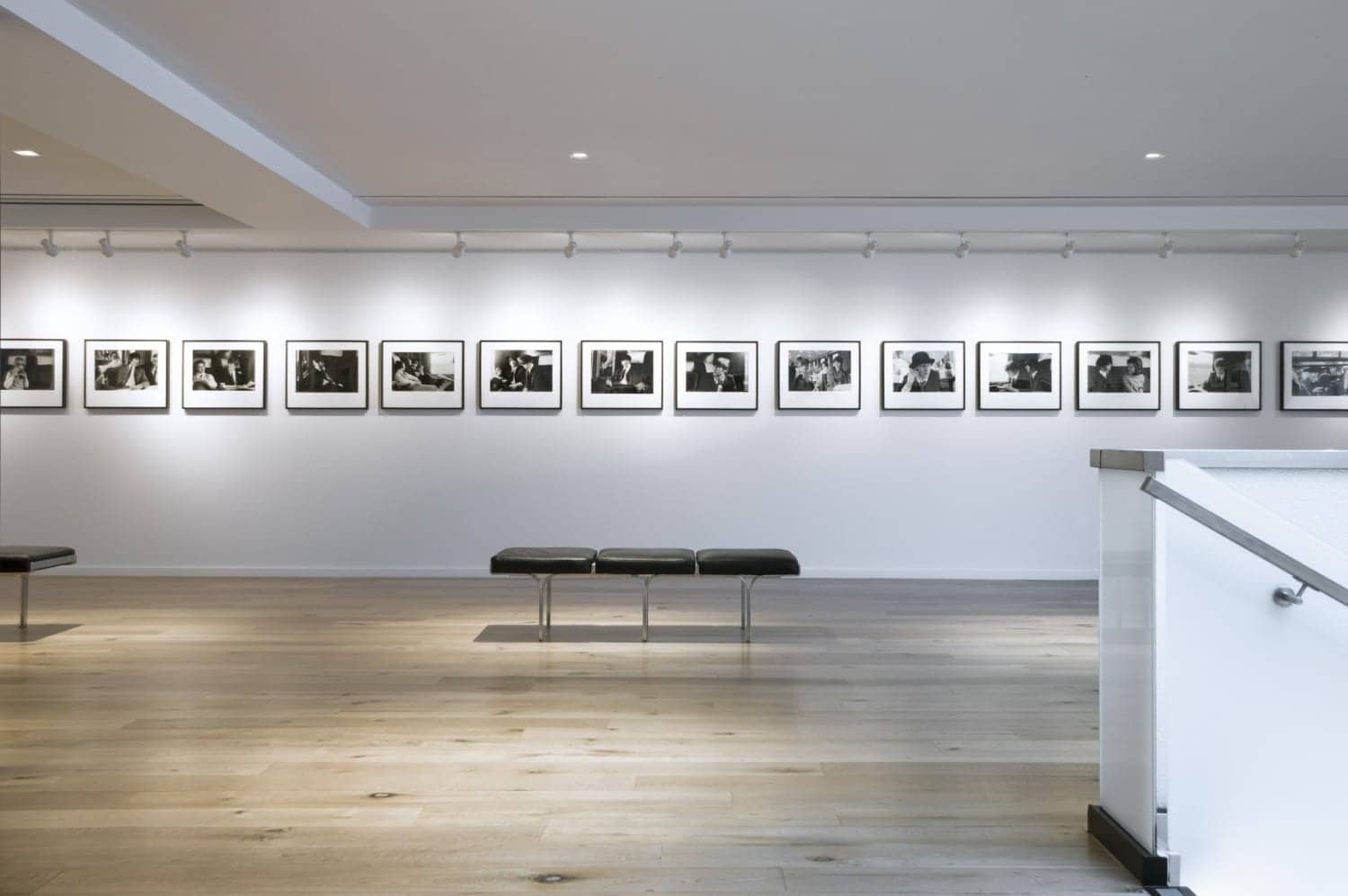In the field of architecture, it's very easy to get caught up in the future.
Our clients often come to us because of our ability to develop forward-thinking solutions. In crafting these solutions we often rely on futuristic materials and design ideologies. Informing all of these efforts is a workplace strategy crafted using the most modern methods and based on the latest research. We focus so much on where our clients are going that it may be surprising to hear that some of our favorite moments are when we’re asked to focus on where an organization has been.
Whether or not we're explicitly tasked with referencing an organization's history as part of a design solution, we nevertheless learn about the organization’s past —what worked, what didn't work, lessons learned, what the last building looked like, what the last city looked like. And sometimes we’re asked to play the part of company historian and incorporate an aspect of our client’s history boldly or subtly into the design. Adding a museum wall, timeline, or showcase may be a part of the challenge.
More...
Your Company History Is Important to Customers
Whether your organization is 100 days old or 100 years old, customers can find something to love in your company's past. Whether a feisty startup or an established captain of industry, your brand's history can engender customer trust and even help develop full-fledged fans.
When tasked with developing a new headquarters for the American Medical Association to call home, history came to the forefront. As one of the oldest medical organizations in the United States its history is deeply meaningful to those in the organization, but also a powerful asset that this important medical lobbying organization has in its arsenal when reaching out to medical professionals and in performing its role.
Your History Is a Point of Employee Pride
Championing your organization's history can be just as important to creating brand culture and team pride as it is to establishing customer trust. At the Bacardi Barcelona office, brand pride and culture are palpable, celebrating Bacardi’s seven generations of family ownership.
You’ll be hard-pressed to find a single aspect of the design that isn’t influenced by brand history. A miniature of a statue honoring Bacardi in nearby Sitges (the birthplace of company founder Don Facundo Bacardí Massó), wall art that pays tribute to the brand’s long history in Spain and Cuba, Cuban-inspired furniture, Gaudi tiles, and Miro- inspired light fixtures are some of the design features. There is no corner of the office where the story of the world's most-awarded rum is honored more than along the walls that make up the "museum wall," tracing Bacardi’s history to the delight of both staff and guests.
The Past is a Part of Your Retail Mission
In many cases, portraying history can be as much about setting the mood as it is about establishing a direct line of communication. Leica is a good example.
The goal of their hybrid retail/gallery/office space in Los Angeles is as much about the history of Leica as it is about establishing a setting— the ideal conditions to appreciate photography as an art form and create a meaningful retail experience.
Your Building is Historically Significant
The visionaries at Big Fish thought it only appropriate to pay their respects to the building they chose as the site of their new Seattle headquarters in a location that everyone was excited to be a part of. Previously, the Maritime Building had functioned as a warehouse for goods bound for the Yukon territories, a tractor manufacturing facility, and even as the office for a private eye.
A museum wall within the design describes the neighborhood, building, and the people and organizations that once inhabited it using artifacts, video screens, and selected text and graphics.
Your Company is Historically Significant
With both the building and Bumble Bee celebrating a 100+ years storied past, Bumble Bee strove to preserve and complement the building’s original structure and feel. Wall-sized graphics of historic fishing boats and fishermen as well as a gallery of smaller historical photographs are featured, and repurposed period pieces are positioned throughout.
At IA, while fulfilling strategic requirements that help our clients to inspire staff, clients, communities, and fans, we sometimes have the opportunity to play historian and celebrate our clients’ past.
Sometimes creating a museum wall is the only way to get the job done.







